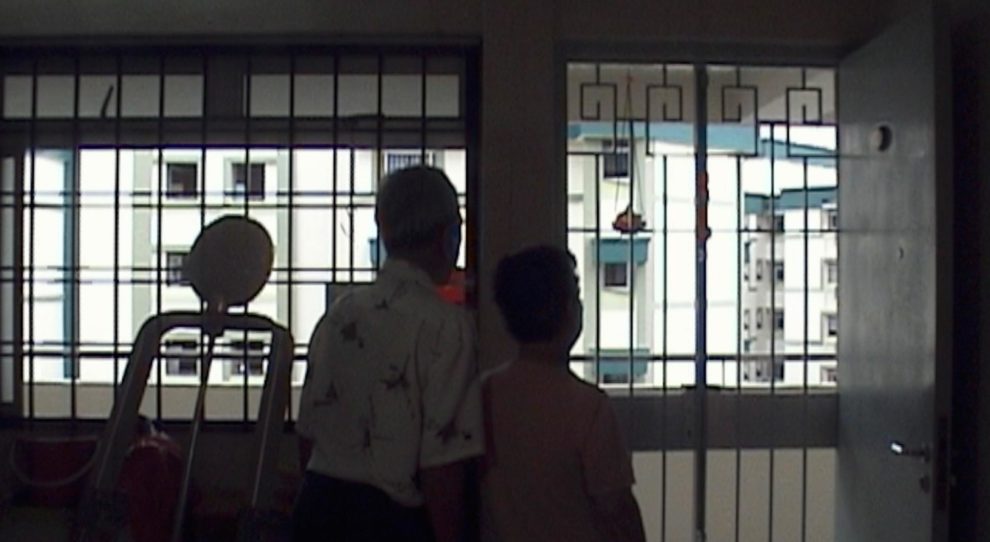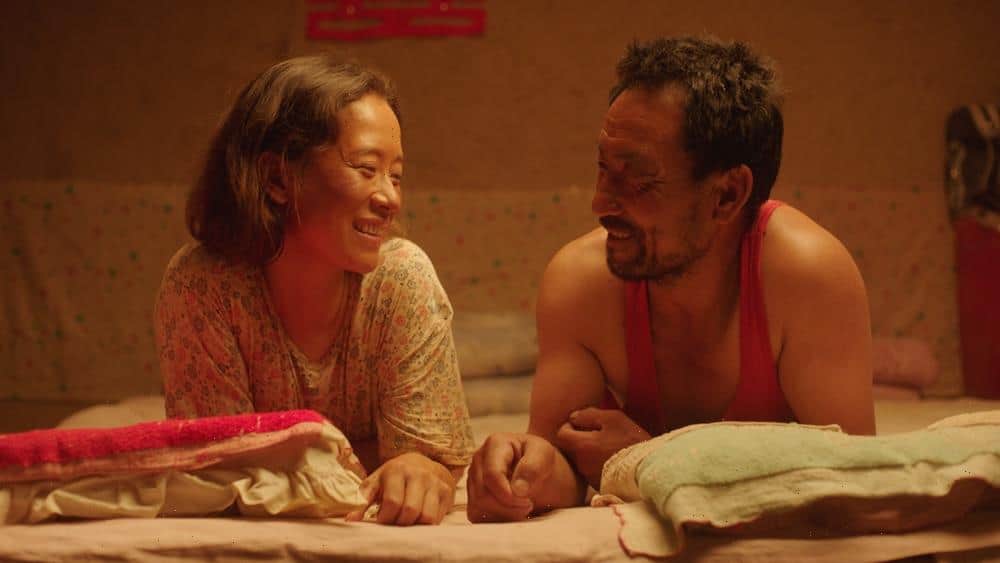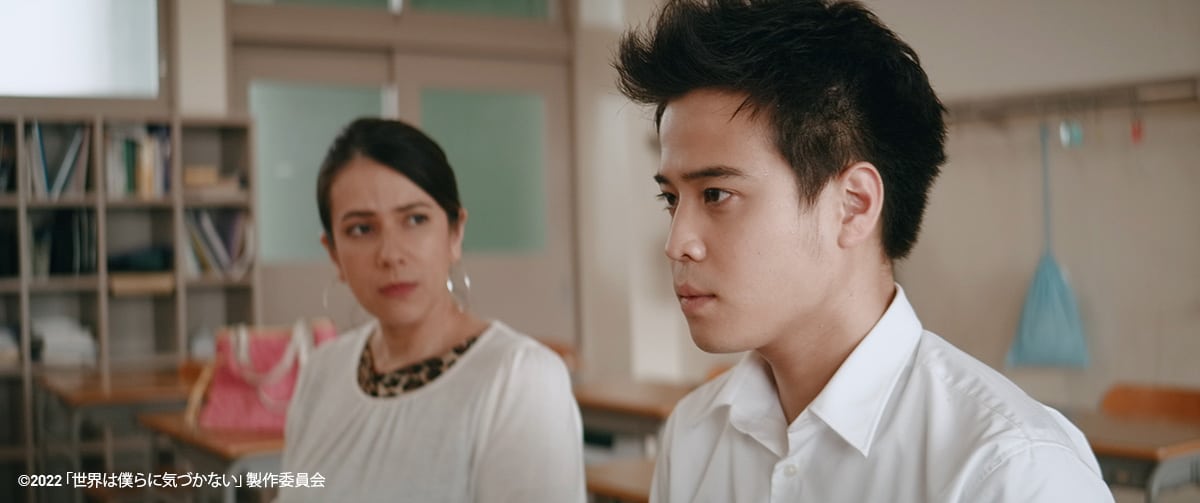While the concept of the family portrait makes us think of the obligatory detail in a person's living room or office, put in a different context, the mundane becomes something quite extraordinary deserving the viewer's full attention. Especially for families living apart, these pictures become something concrete when it comes to remembering loved ones and shared moments, which turns out to be even more relevant in the age of global nomad moving where work and steady pay is available. In their collaborative effort “Absent Smile” Lavender Chang and John Clang, both with a background in photography, attempt to, as it says quite fittingly on the latter's homepage, to absorb the “seemingly mundane and banal external stimuli” and convey a more intimate picture of people and places, in this case Clang's parents living in Singapore. The result is a documentary, which often borders on being a museum installation, about family bonds and what binds people together.
Absent Smile is screening at Singapore International Film Festival

Over the course of roughly eighty minutes, the camera follows Clang's parents going through what appears to be their daily routine, while also listening in on conversations about various subjects, from lottery tickets and other family members to their philosophy on work and the feeling of being needed. At the same time, “Absent Smile” also presents the story of a family picture, or more precisely, many family portraits being taken, probably highlighting how Clang's family may serve as an example for many similar stories about separation and trying to make ends meet, even though people are living many miles apart, at times in different cultures and continents.
Although “Absent Smile” often reminds its viewer of an art installation, this should not be misunderstood as a means to express it is abstract or hermetic. The opening minutes which take a look at the careful preparation for a family portrait, with people giving (sometimes even shouting) directions on who should be standing where and what might be the best position. It is a routine which is repeated again when the feature transitions to the other families also planning to take a similar picture to send to their loved ones living far away from them. The aesthetics of this part of “Absent Smile” with their family picture-quality in terms of colors and light, as well as the portrayal of a family getting together for one moment, functions as a reminder to look closely, and to stress the theme of the ties which connect people, their emotional bonds and their memories.
In combination with the second aspect of the movie, this idea becomes even more important. From the elderly couple getting up and going through their silent morning routine, to them going out for lunch or contemplating on whether they should buy lottery tickets, the directors highlight the mundane and the banal through which a deeper observation is made possible. Chang and Clang are patient observers, often bridging the gap between director and, especially in the case of Clang, a loving son wanting to take care of his parents, who he has not seen for a while. At the same time, the viewer might feel this may just be an approach of people having managed to stay in contact but who, nevertheless, need to observe the other party before a more meaningful connection, the one highlighted in the family picture forming the first aspect of the documentary, is probable.
In conclusion, “Absent Smile” is a documentary about family bonds, but at the same time about re-connecting after a long period of absence or separation. Directors Lavender Chang and John Clang show the mundane and the banal to make a point about aforementioned concepts, while also maintaining a human and emphatic look the people in front of the camera.















